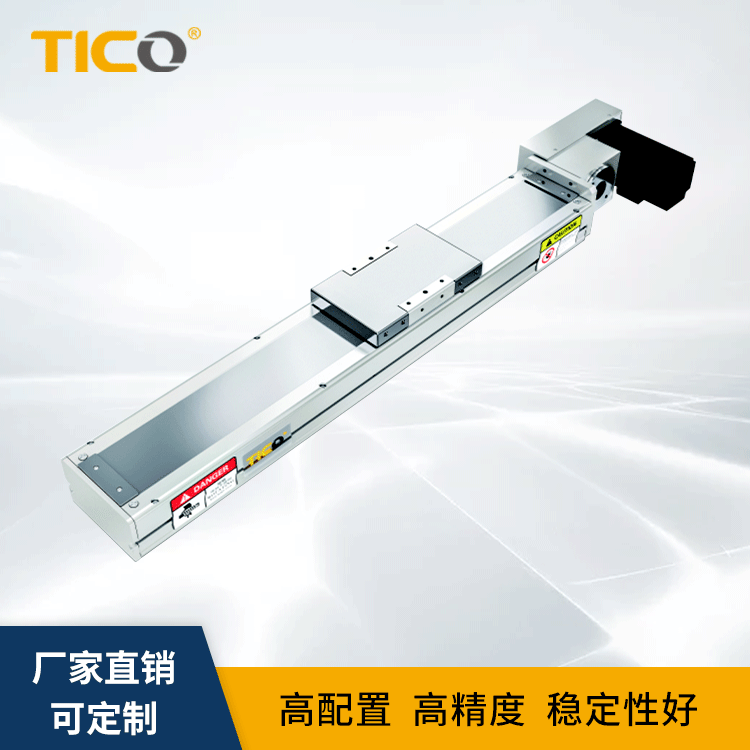Addr:Dongguan Mayor Anzhen Wusha Ring East Road Chen House brand building.
Tel:0769-89368511 / 33388293
Mobile:13925552470(Wechat Code)
Fax:0769-89032105
Q Q:2850923180
Email:wdp@keyangauto.com
website:en.keyangauto.com
Addr:Dongguan Mayor Anzhen Wusha Ring East Road Chen House brand building.
Tel:0769-89368511 / 33388293
Mobile:13925552470(Wechat Code)
Fax:0769-89032105
Q Q:2850923180
Email:wdp@keyangauto.com
website:en.keyangauto.com
There are six cases of timing belt failure:
Timing belts can transmit high torque without slipping due to the positive meshing between the teeth of the belt and the grooves of the pulley. However, the performance of a timing belt drive system can be affected by installation errors, unexpected application conditions, or the use of components that are not suitable for operating requirements. Here are six ways timing belts fail and their common causes.

edge wear
The flange pulley tracks the timing belt by resisting the lateral force of the belt as it tries to move left and right on the pulley. However, in some cases, the belt will run along the flange and exert a lot of force on it, causing the belt edge to wear. Common causes of wear are misaligned parallels, using a belt that is too wide for the selected pulley, or using a pulley with a damaged or rough surface finish.
rupture
Belt cracking is usually parallel to the teeth and occurs in the area between the teeth (called the "land area"). Cracks are often related to temperature issues—either too cold to start or too hot to run, causing the material to harden and crack from bending. Other causes of belt cracking are skewed pulley assemblies or exposure to chemicals.
stretch break
Such failures are usually caused by belt curling or severe shock loads. Pressing often results in linear belt tearing, which can be caused by poor belt handling, insufficient tension, undersized pulley diameters, or debris in the drive system. This impact often causes the belt to tear at an angle and may be accompanied by cutting teeth.
Excessive tooth wear
Tooth wear is a normal result of positive belt meshing with pulleys and is mitigated by wear-resistant belt materials. However, excessive wear can be caused by too much or too little tension, misalignment, overloading, debris in the drive system, damaged pulleys, or pulleys that are out of specification or insufficient hardness. Under normal operating conditions, tooth grinding does not normally affect the life of the belt.
tooth scissors
Tooth shears are a catastrophic failure that can be caused by shock loads or misalignment. It can also be the result of insufficient tension, which can lead to a condition called "self-tensioning" where the teeth of the gear come out of the pulley. When this happens, the load is no longer carried by the tooth root, but further by the tooth flank. This causes the teeth to bend and rotate, which can cause the roots of the teeth to tear and separate from the belt.
ratchet effect
Is the state in which the ratchet belt skips or skips over the teeth on the pulley. The main cause of ratcheting is insufficient belt tension. One advantage of timing belts over V-belts is that once the tension is set correctly, it does not need to be re-tensioned.
Although timing belt linear block slide failures can come in many forms, pulleys typically fail in one of two ways: tooth wear or flange failure.
Abnormal or excessive wear of pulley teeth is usually caused by use in abrasive environments, although it can also lead to misalignment, overloading and improper tensioning of pulleys. Flange failures are usually the result of misaligned angular or parallel pulleys.